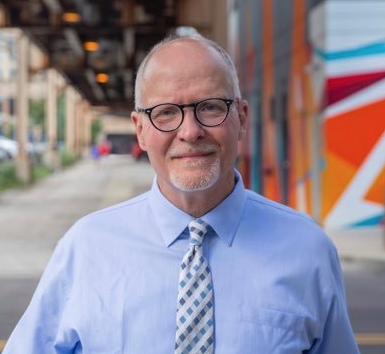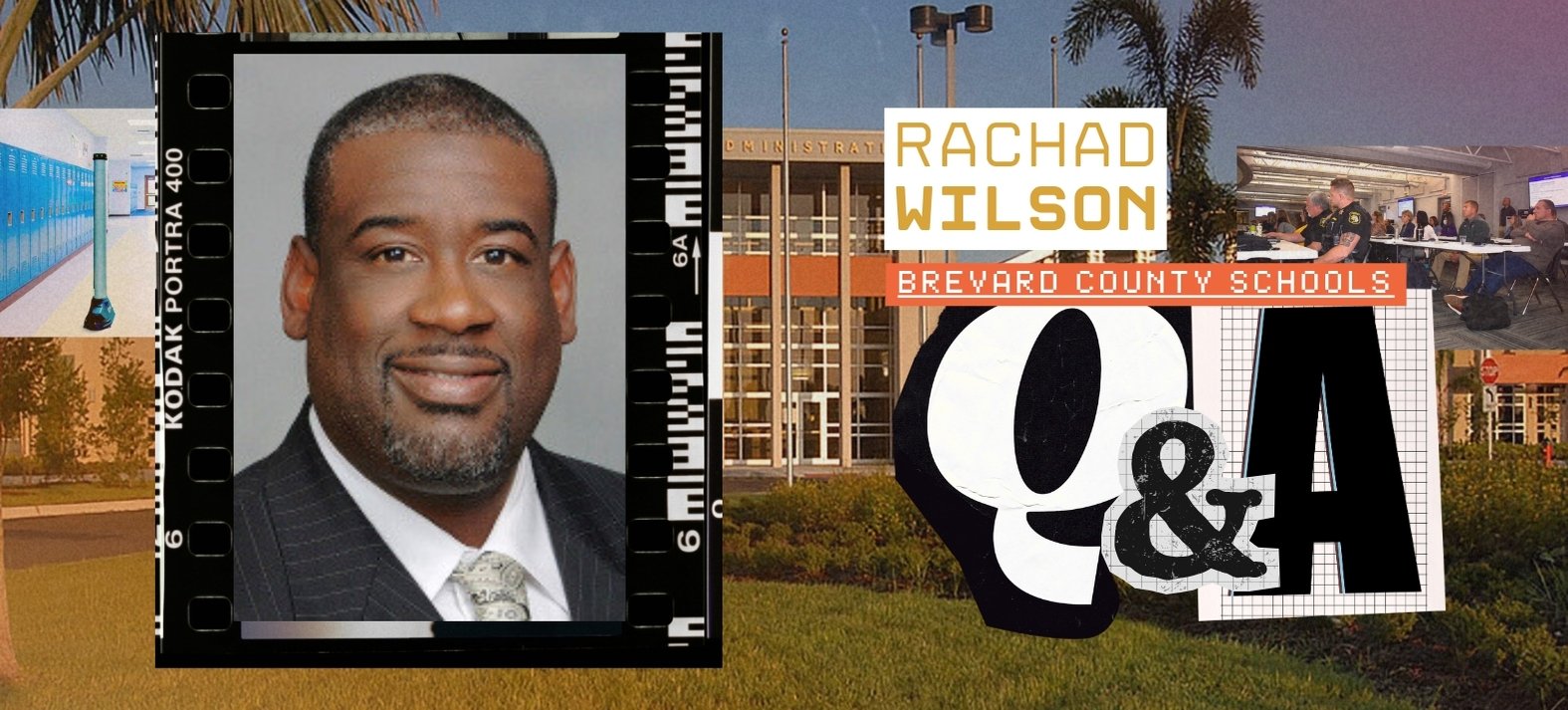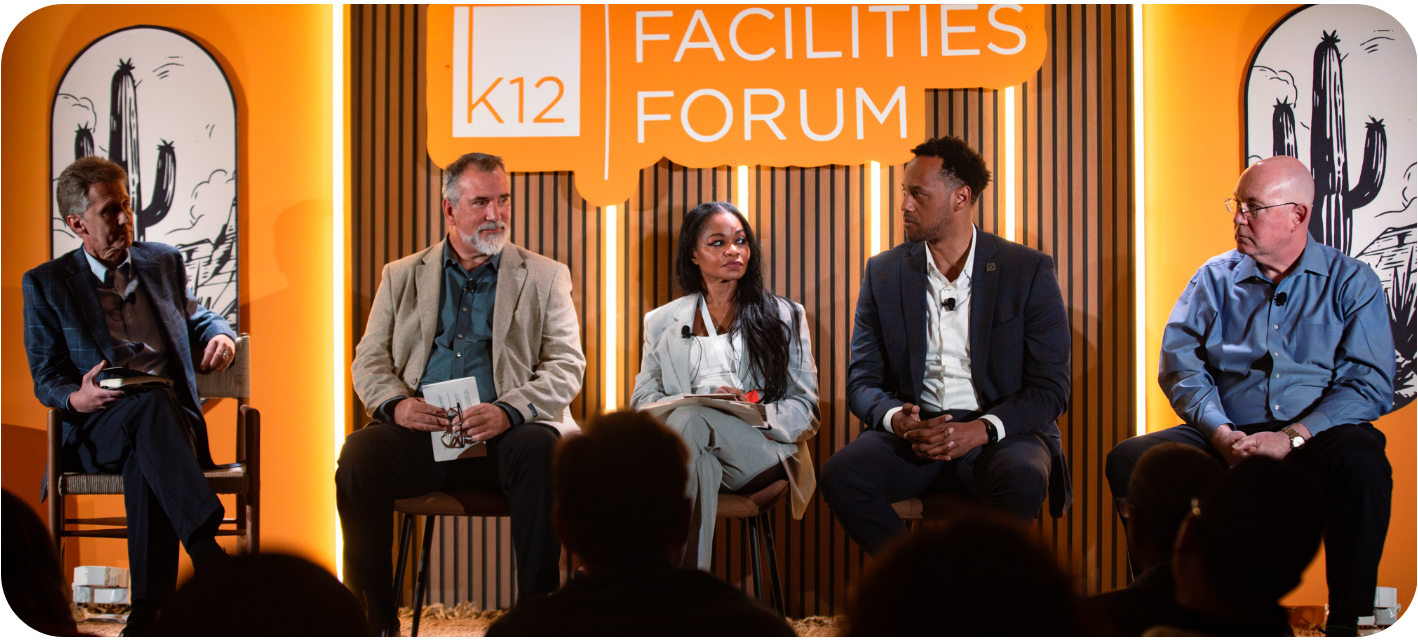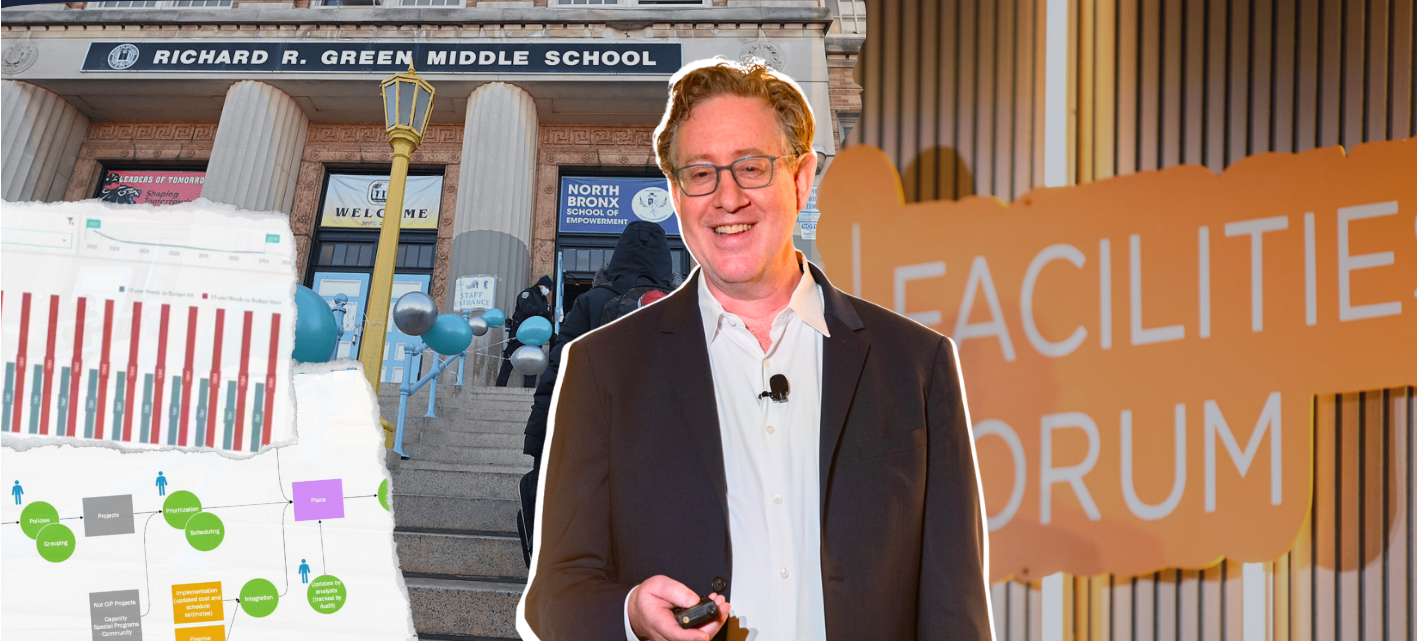A dynamic, out-of-the-box thinker and problem solver, Paul Vallas knows crisis all too well.
As a former superintendent of the Bridgeport Public Schools and the Recovery School District of Louisiana and former CEO of both the School District of Philadelphia and the Chicago Public Schools, Vallas has earned a reputation as the “turnaround guy” for districts in turmoil.
This reputation has even led him to work overseas, where he has consulted on rebuild programs with school systems in Chile and Haiti.
In advance of his keynote at the 2019 K12 Facilities Forum, we caught up with Paul Vallas to learn more about his career and how facilities leaders can bring more value to the districts and communities they serve.
Let's talk quickly about your career. How did you end up in education?
I have spent most of my adult life in public service beginning with my work for the Illinois State Legislature right out of graduate school. Highlights include staffing the Elementary and Secondary Education Committees and then the Senate Revenue Committee. Later, I served as Executive Director of the Illinois Economic and Fiscal Commission, the legislature’s revenue and economic forecasting arm. I was then recruited by Mayor Daley to reform the City of Chicago scandal plagued Department of Revenue. The mayor offered me the position of city budget director to help navigate the city through a serious financial crisis.
 |
| Paul Vallas |
My success in the areas of public finance, public policy, and experience in education convinced Mayor Daley to appoint me as the nation’s first public schools CEO in 1995, when the State of Illinois gave the mayor full control of the schools after a series of annual financial crises. Since my work in Chicago, I have been recruited to lead three other major school districts in crisis subject to state government takeover. They are Philadelphia, New Orleans, and Bridgeport, Connecticut. In New Orleans, I led the Louisiana Recovery School District, which rebuilt the New Orleans school system after the devastation of Hurricane Katrina.
Since then, I have undertaken a number of consulting projects in different states with schools in crisis and in countries dealing with devastating natural disasters (Haiti and Chile after earthquakes). I have also led projects to develop plans for major institutional transformation at the federal level. These were plans to restructure the Department of the Interior Bureau of Indian Education and the Federal Bureau of Prisons education and occupational training programs.
As a leader for some rather large districts, how did you get your employees to trust you and begin to foster a culture of innovation?
I foster a culture of innovation by ensuring that individuals in leadership positions are the logical selections given their performance, dedication, and human relation skills. Providing financial certainty and continuity in the allocation of resources is paramount so that department, program leaders and administrators know what they have to work with over an extended period of time. Developing clear but realistic goals and objectives with input from school leaders leaders, administrators, department heads and local school leadership teams affords the flexibility for my teams to be innovative in the pursuit of those goals and objectives.
When leading these districts, what was your relationship with facilities?
I had a very close working relationship as my facilities team had equal status at the cabinet level and my facilities needs were not neglected in budgeting and long-term financial planning. I made it critically clear that providing effective education services requires school facilities to be healthy, safe, and secure and that classrooms be modern learning environments.
What were your expectations when working with facilities leaders/departments?
My expectations were that I was going to win my colleagues over by recognizing the talent from within by promoting based on performance. By showing the proper respect and supporting a work environment that encourages innovation, long-term dedication and protection of resources needed for facilities, real improvement could be expected and achieved in facilities and operations.
How can facilities become more strategic so that they may have a seat at the table?
It’s not rocket science. Give facilities a seat at the table! It's important to develop a long-range facilities and capital plan, and make it a part of the school district improvement plan. I can’t stress enough how imperative it is for all departments and personnel to understand the crucial role that the school environment plays as it is essential in effective teaching and learning.
Maximizing resources is an ongoing challenge for most districts, especially in facilities. What are some creative ways to help bridge the gap?
First, there’s is no substitute for long term facilities and capital planning, which involves a clear identification of available resources that will be dedicated to the plan, and that clear priority is given to ensure that facilities are healthy, safe, secure and that classrooms are properly resourced.
"It’s not rocket science. Give facilities a seat at the table!"
Second, priority must be given to allocating resources as delayed critical maintenance will drive up long term costs.
Third, proper maintenance, operations, and infrastructure improvements can reduce the costs of building operations, especially in the area of energy conservation, the savings of which can help finance those very improvements.
Fourth, there are other sources of potential facility improvement funding such as Historic Preservation Tax Credits, New Market Tax Credits, Section 108, Opportunity Zone Tax Incentives, and funding from certain foundations, the latter of which is often limited to charter schools.
Finally and most importantly, buildings can be monetized by opening facilities for use by public and private entities on non-school days or hours. Building improvements and new building construction should be undertaken with an eye towards increasing their utilization by outside groups.
Known as the turnaround guy, you were also the new guy in charge. How'd you gain buy-in from all departments and the community-at-large?
There were a number of immediate actions I took to secure and maintain buy-in. I drew from existing district employees (individuals with talent, experience, and reputation) and promoted them into leadership positions. I initiated quick action to deal with the district's most pressing issues such as healthy, safe and secure facilities along with resourced classrooms and labor peace. I quickly developed a long-term financial plan to ensure basic needs were addressed and supports were provided over the long-term. This helped build confidence and maintain momentum.
"You must always demonstrate your willingness to make personal sacrifices...Take responsibility and defend your people."
To help secure long term buy-in, I institutionalized a system for ensuring educator and community input. I did this by requiring “Instructional Leadership Teams” in each school to drive instruction and have input on curriculum and instruction strategy development and program selection. I required that all schools have Parent and Community Centers where families could be connected to needed services and where parents and community leaders could gather. I supported locally-selected Parent and Community Councils to provide community input in principal selection, local school budgets, programs and policies; thus, giving the community a sense of real empowerment.
How did you navigate through the bureaucracy in order to get things done?
First of all, you have to set the tone. I don’t call it a bureaucracy and I never refer to employees as bureaucrats or even as “my employees." They are “my colleagues." I have often referred to myself as a “liberator of people” from the bureaucracy.
Second, I find the talent from within. The larger the system, the greater the likelihood that there's plenty of talented and experienced administrators already within your ranks.
Third, I break up the silos by organizing the administration along functional lines and by assigning secondary missions (the military calls it secondary MOS) so that individuals can get a break from their routines.
Fourth, I assign people collective responsibility. For example, if the finance team balances the budget, but student performance does not improve, the finance team did not have a successful year. If the educators improve student performance, but destabilize the budget in the process, then the educators did not have a successful year.
Lastly, but most vital, you clearly define the mission, set specific achievable goals, realistic strategies and you create an infrastructure that allows your leadership team to access the data needed to effectively monitor progress and receive input from the field so that you can make adjustments in real time.
What are some creative things districts can do to fund facilities?
School buildings, particularly new and renovated buildings, should be multi-purpose facilities that are monetized to generate income. In most communities, the local school is among the largest institutions from a facilities and employment standpoint. This creates possibilities for monetization. New building and major renovation projects need to be undertaken with that in mind.
Energy conservation plans can generate savings that can help finance school construction and repair. There are also tax incentives and other potential subsidies and grants that can be accessed through aggressive energy conservation plans and through historic preservation.
What's the most important leadership lesson you've learned?
Lead by example. That means everyday you make decisions that are in the best interests of the people you work with and the families you serve. This means never losing sight of the fact that being a public servant is a privilege not to be squandered nor exploited. Never denigrate or demean your district or its employees. You must always demonstrate your willingness to make personal sacrifices whether financial or professional. Take responsibility and defend your people.
What's next for Paul Vallas?
My mission is what it has always been, to work with talented colleagues, both old and new, to assemble teams to help any school, school district, or school system in need regardless of the challenges or resources available. It is also my mission to continue to identify and help develop effective best practices that can be replicated and disseminated so that other schools can benefit.
Join us at the 2019 K12 Facilities Forum in San Diego to learn more from Paul Vallas and other education innovators.

Posted by
Join us at the K12 Facilities Forum!
The community for district and facilities leaders
Nov 8-10, 2026 | San Antonio, TX









-3.png)

Comments